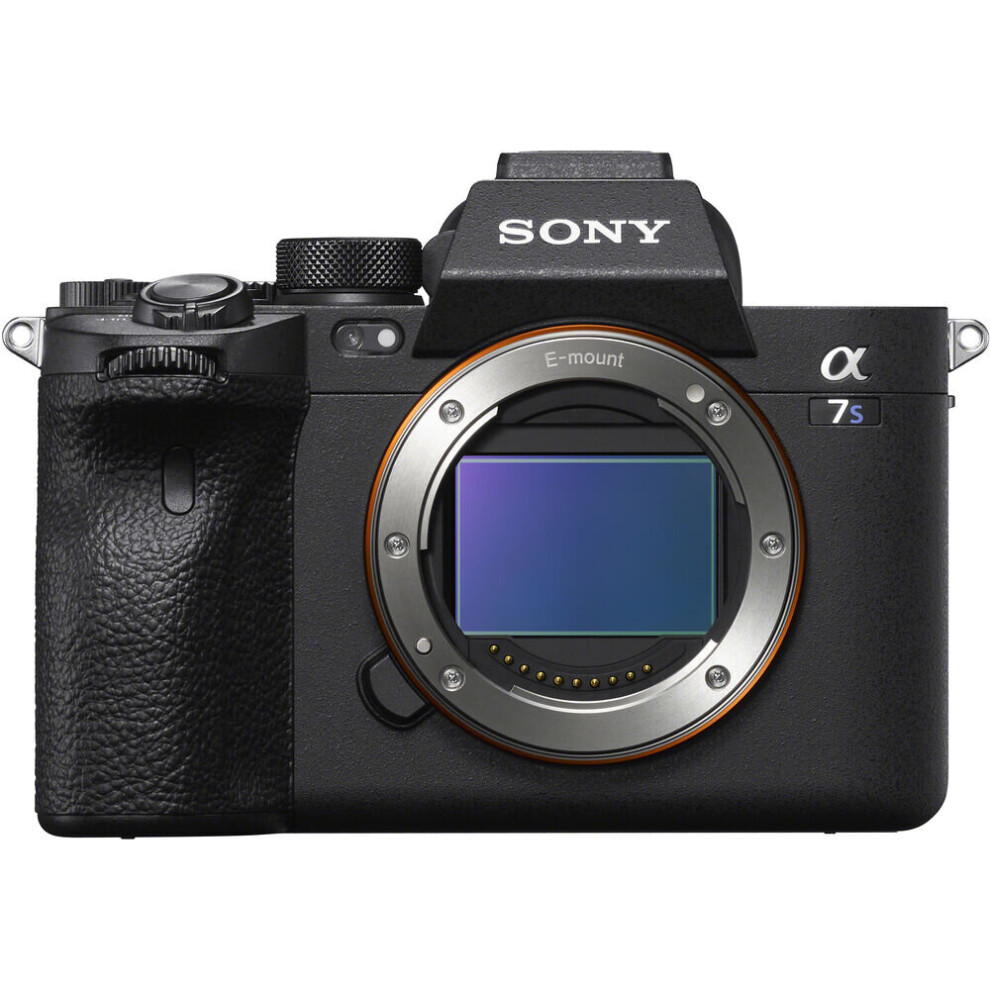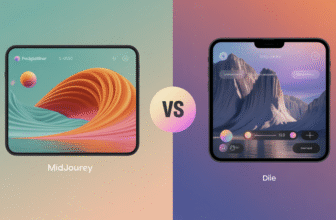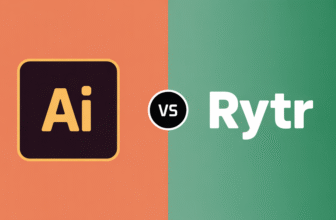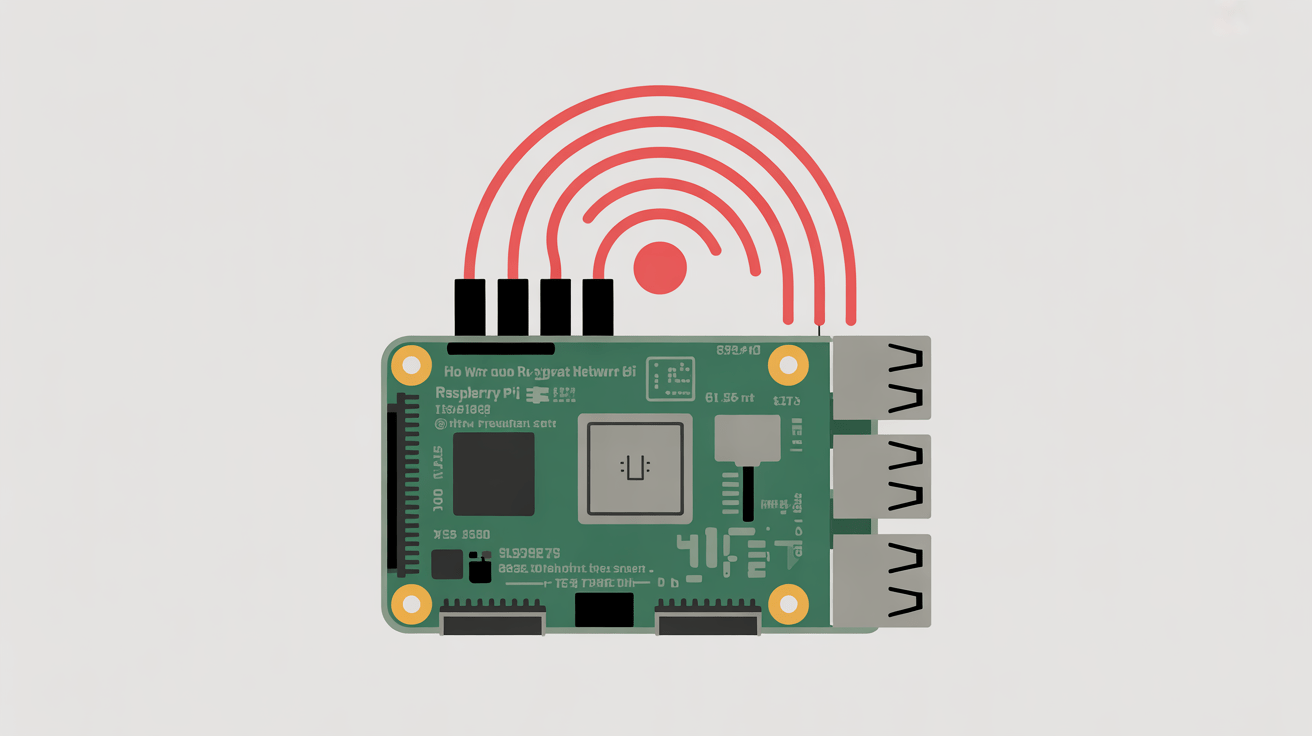
Join us as we dive into the showdown between the Sony A7RV and Canon EOS R6 Mark II, revealing which full-frame mirrorless camera will elevate our vlogging and filmmaking game to unprecedented heights!
In the world of full-frame mirrorless cameras, choosing the right tool can make or break our creative vision. Today, we dive into the Sony Alpha 7R V and the Canon EOS R6 Mark II, comparing their features to help vloggers and filmmakers find their perfect match.
In this article, we explore the key differences between the Sony A7RV and the Canon EOS R6 Mark II, helping vloggers and filmmakers choose the best full-frame mirrorless camera for their needs.
Camera Specifications Overview
| Feature | Sony A7R V | Canon EOS R6 Mark II |
|---|---|---|
| Sensor Type | Full-Frame 35.9 x 24.0 mm CMOS | Full-Frame 35.9 x 24.0 mm CMOS |
| Megapixels | 61 MP | 24.2 MP |
| ISO Range | 100 – 32,000 (expandable to 50-102,400) | 100 – 102,400 |
| Autofocus Points | 759 Phase Detection + 425 Contrast Detection | 1,053 AF points |
| Max Video Resolution | 8K at 30p | 6K at 30p |
| Continuous Shooting Speed | 10 fps (electronic shutter) | 12 fps (mechanical shutter) |
| Weight | 737 grams | 585 grams |
| Battery Life | Approx. 530 shots (CIPA) | Approx. 760 shots (CIPA) |
As we look deeper into the Video Capabilities, User Experience, and Price and Value for Money, we’ll discover which of these impressive cameras can transform our vlogs and films into compelling visual stories. Let’s jump into the specifics!
Professional Quality

This camera excels in delivering high-resolution images and advanced video capabilities, making it a top choice for professional photographers and videographers alike. Its innovative autofocus system and overall performance are impressive, although it may require some learning for new users.
Versatile Filming

The Canon EOS R6 Mark II stands out with its impressive autofocus system and versatile video capabilities, making it a fantastic option for both photographers and filmmakers. Its user-friendly design and low-light performance are also significant advantages for creative professionals.
Sony A7R V
Canon R6 Mark II
Sony A7R V
Canon R6 Mark II
Sony A7R V
Canon R6 Mark II
Camera Specifications Overview
Let’s dive into the specifications of both cameras, comparing sensor size, resolution, ISO range, and other key features that influence image quality and performance for video and photography.
Sensor Type and Resolution
Both the Sony Alpha 7R V and Canon EOS R6 Mark II feature a full-frame CMOS sensor, but they differ significantly in resolution. The Sony boasts an impressive 61 MP, perfect for capturing stunning details and allows for extensive cropping in post-production without sacrificing quality. In contrast, the Canon offers a 24.2 MP sensor, which, while lower in resolution, is still capable of delivering sharp images, especially performing well in low-light conditions.
ISO Range
When it comes to ISO capabilities, the Sony A7R V presents a range from 100 to 32,000, expandable up to 50-102,400, making it incredibly versatile for various lighting situations. The Canon EOS R6 Mark II matches the lower end of this spectrum with an ISO range of 100 to 102,400, giving it solid performance in dim environments.
Autofocus Performance
Autofocus systems in these cameras are equally impressive. The Sony features 759 phase detection points coupled with 425 contrast detection points, providing robust tracking capabilities. Meanwhile, the Canon leads in this area with 1,053 AF points, allowing for an extensive area coverage and superior tracking of fast-moving subjects.
Video Capabilities
For video enthusiasts, the Sony A7R V supports up to 8K video resolution at 30 frames per second, making it a powerhouse for high-resolution video content. The Canon EOS R6 Mark II, however, is no slouch either, offering 6K at 30 frames per second, alongside Full-HD recording at up to 180 frames per second.
| Feature | Sony A7R V | Canon EOS R6 Mark II |
|---|---|---|
| Sensor Type | Full-Frame 35.9 x 24.0 mm CMOS | Full-Frame 35.9 x 24.0 mm CMOS |
| Megapixels | 61 MP | 24.2 MP |
| ISO Range | 100 – 32,000 (Expandable to 50-102,400) | 100 – 102,400 |
| Autofocus Points | 759 (Phase Detection) + 425 (Contrast Detection) | 1,053 AF points |
| Max Video Resolution | 8K at 30p | 6K at 30p |
| Continuous Shooting Speed | 10 fps (electronic shutter) | 12 fps (mechanical shutter) |
With these specifications laid out, we can see how each camera excels in particular aspects. Our next section will explore their respective video capabilities, essential for vloggers and filmmakers alike.
Feature Comparison
Video Capabilities: Vlogging and Filmmaking Features
When it comes to video capabilities, both the Sony Alpha 7R V and the Canon EOS R6 Mark II offer impressive features tailored for vloggers and filmmakers that deserve careful consideration.
Resolution and Frame Rates
The Sony A7R V excels with its ability to record in 8K resolution at 30 frames per second, providing stunning detail that can elevate professional projects. It also supports 4K video at 60p, coupled with features like 8 stops of image stabilization, ensuring smooth footage even in dynamic situations.
On the other hand, the Canon EOS R6 Mark II shines with its 6K oversampled uncropped 4K movies at 60 fps. For those looking for high frame rates, it can also shoot Full-HD video at up to 180 fps, making it great for slow-motion shots.
Dynamic Range and Special Features
The dynamic range is critical for filmmakers and Sony’s 15+ stops provide fantastic flexibility in post-production. The R6 Mark II, while slightly less, still manages good dynamic capabilities, enhancing video quality in various lighting conditions.
Both cameras feature robust autofocus systems ideal for keeping subjects sharp. The A7R V boasts advanced Real-Time Recognition autofocus, and the R6 Mark II utilizes Dual Pixel CMOS AF II which focuses quickly and accurately, essential for capturing fast-moving content.
Connectivity and User-Friendliness
For vloggers, easy connectivity options matter. The R6 Mark II offers USB-C, Wi-Fi, and Bluetooth for seamless uploads. The A7R V features similar connectivity but with the flexibility that might appeal to more tech-savvy users.
| Feature | Sony A7R V | Canon EOS R6 Mark II |
|---|---|---|
| Max Video Resolution | 8K at 30 fps | 6K at 60 fps |
| 4K Video Capabilities | 4K at 60 fps | 4K oversampled uncropped at 60 fps |
| Image Stabilization | 8 stops | Sensor-Shift 5-Axis Image Stabilization |
| Autofocus System | Real-Time Recognition AF | Dual Pixel CMOS AF II |
| Connectivity | Wi-Fi, Bluetooth, USB | Wi-Fi, Bluetooth, USB |
With these advanced features in mind, we can confidently see how both cameras cater to the distinct needs of vloggers and filmmakers, allowing for visually engaging and intelligently shot content. Our next section will delve into the user experience to assess which camera feels best in hand and suits our shooting style.
User Experience: Ergonomics and Interface
When it comes to user experience, both the Sony Alpha 7R V and the Canon EOS R6 Mark II offer distinct advantages tailored for vloggers on the go. Let’s break down how each camera feels in hand, with a focus on ergonomics, control layout, and touchscreen functionality.
Ergonomics and Build Quality
The Sony A7R V feels slightly bulkier at 737 grams, presenting a robust presence that might appeal to professional users seeking stability. Its textured grip is comfortable, allowing for extended shooting sessions without fatigue. However, its complexity can be overwhelming for beginners due to the extensive menu options.
Conversely, the Canon EOS R6 Mark II is lighter at 585 grams, making it easier to carry for long periods, ideal for dynamic vlogging situations. The grip is intuitive and fits nicely in our hands, with a layout that feels familiar, especially for users of earlier Canon models.
Control Layout
Both cameras feature customizable buttons, but the layout in the Canon is more straightforward. The R6 Mark II has clearly labeled dials, making it easy for us to switch between settings without taking our eyes off our subjects. In contrast, while the A7R V also offers customization, its menu system can be convoluted, requiring a learning curve to navigate efficiently.
Touchscreen Functionality
Touchscreen functionality is essential for modern cameras. The A7R V boasts a tilting touchscreen that responds well but lacks versatility in flipping out for vlogging purposes. In contrast, the R6 Mark II has a fully articulating 3.0-inch touchscreen, allowing us to frame ourselves easily when vlogging from the front, enhancing its user-friendliness for solo creators.
| Feature | Sony A7R V | Canon EOS R6 Mark II |
|---|---|---|
| Weight | 737 grams | 585 grams |
| Grip Comfort | Good, slightly bulky | Excellent, lighter build |
| Control Layout | Customizable, complex menu | Intuitive, clearly labeled |
| Touchscreen | Tilting touchscreen | Fully articulating touchscreen |
In the realm of user experience, the Canon EOS R6 Mark II stands out for its lighter weight, simplified control layout, and versatile touchscreen, making it a fantastic choice for vloggers needing functionality and comfort. Meanwhile, the Sony A7R V provides a feel of robustness for serious filmmakers prepared to navigate its sophisticated features.
Price and Value for Money
Now that we’ve examined the features, let’s consider the pricing and overall value each camera brings to the table for vloggers and filmmakers alike.
Pricing Overview
Value Proposition
When assessing value, we must weigh the following aspects:
Sony A7R V
Canon EOS R6 Mark II
Conclusion
In summary, while the Sony A7R V offers high-end features that cater to serious professionals, the Canon EOS R6 Mark II provides exceptional value for creators on a budget, making it a strong contender for vloggers and filmmakers looking for performance without the premium price tag. Ultimately, our choice depends on whether we prioritize high resolution and advanced features or seek an adaptable, budget-friendly option with solid performance.
Final Verdict: Which Camera Reigns Supreme?
After carefully comparing the Sony A7R V and the Canon EOS R6 Mark II, we find that while both cameras excel in their respective areas, the Canon EOS R6 Mark II emerges as the more practical choice for vloggers and filmmakers. Its lighter weight, user-friendly interface, and versatile fully articulating touchscreen make it ideal for on-the-go shooting, especially for solo creators.
However, if your priority is uncompromising video quality and detail, the Sony A7R V is hard to beat despite its premium price. Ultimately, we recommend considering your specific needs—are you looking for comfort and ease in vlogging, or maximum image quality for cinematic video? Let us know how your choice lands!







The specs of the A7RV are impressive, but can we talk about the price tag? 💸 I mean, it’s like buying a small car! I guess you get what you pay for, but wow!
Right? I’ll need to save some serious cash before I can even think about that one! 😂
Haha, true! The A7RV is definitely on the pricier side, but many believe the quality justifies the cost.
I’ve been torn between the A7RV and the R6 Mark II for my vlogs. The A7RV’s resolution sounds amazing for detail, but I hear the R6 Mark II is a beast in low light! 🤔 Anyone here switched from one to the other?
That’s great to hear, Sarah! The low light performance of the R6 II is definitely a strong selling point for many filmmakers.
I switched from the A7RV to the R6 Mark II and honestly, I love the low light performance! The autofocus is super fast too! 😍
I love my A7RV! The image quality is out of this world. But I have to admit, it’s a bit heavy for long shoots. Anyone else feel that? Thinking of getting a lighter camera for my travel vlogs. 😅
That’s a common concern! The weight can definitely add up over long shoots. Have you checked out the Canon options?
I’ve heard the R6 II is much lighter; you might want to look into that for travel!
Just bought the Canon EOS R6 Mark II and I’m in love! The color depth is just stunning! Can’t wait to test it on my next trip. Anyone have tips for outdoor shooting with it?
Congrats on the new camera, Emma! For outdoor shooting, I recommend using ND filters to manage light and get those nice motion effects.
Definitely use ND filters if you can! They really help with bright conditions. Enjoy your travels!
Can someone explain the difference in video capabilities? I’m planning to do a lot of vlogging and need something reliable. I read somewhere that the R6 Mark II has better video features. Is that true?
Great question, Rachel! The R6 Mark II does offer some advantages for video, especially with its 4K recording options and higher frame rates.
Yeah, if you’re mostly vlogging, the R6 II might be the better choice for you. It’s more user-friendly for video work!
Why does everyone make it seem like choosing a camera is rocket science? Just find one that fits your style and go for it! 📷 But seriously, I’m leaning towards the R6 Mark II because I love Canon’s color science. Thoughts?
Totally agree, Mike! It’s all about what feels right for you. The R6 II has such beautiful colors, especially for skin tones!
You’re spot on, Mike! Each camera has its strengths, and what matters most is how it works for your specific needs.